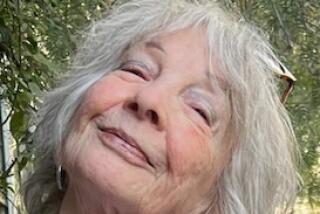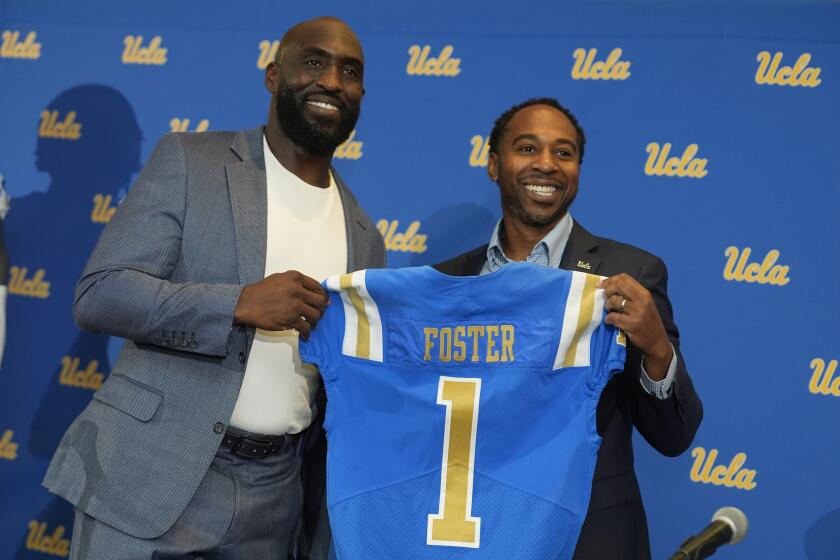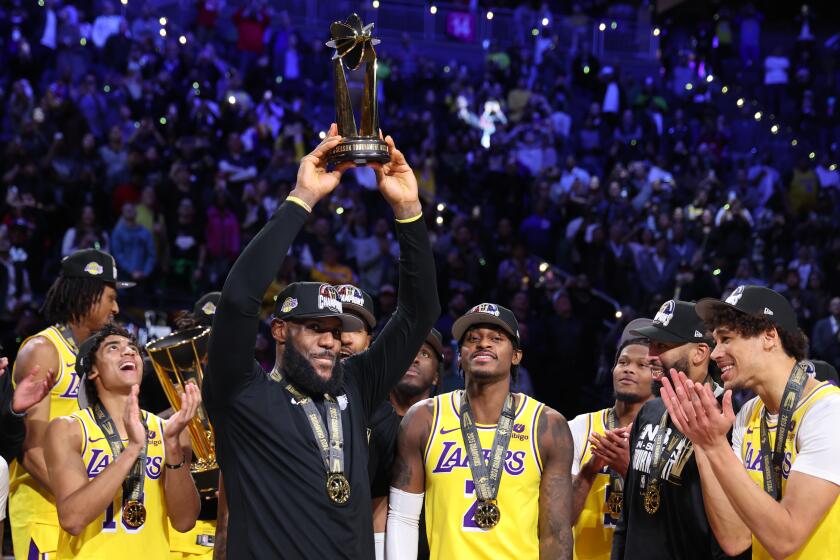Brooks Robinson--Baltimore’s Houdini at Third Turns 50
WASHINGTON — Brooks Robinson turned 50 the other day.
My magazine is falling apart, the one with Brooks and Frank on the cover. The Robinsons are dressed in their Orioles uniforms, smiling and holding bats on their shoulders. Nineteen sixty-six. Their first pennant.
The magazine needs binding; for now, I’ll slip it back in the drawer. But who can put the memories away?
Brooks in the hot corner was easy to love, a blend of grace and flair. He made the easy plays look effortless, and the hard plays look easy. More, he would punctuate each fielding gem with his own ornamentation.
When he threw to first, he’d hold the position an extra second; so you could always glance back to him, after the batter was out or about to be, and know exactly where he was and how he looked when he threw.
He’d still be in foul ground deep behind third, maybe even with his throwing arm extended, or over by shortstop on the seat of his pants. The finish to each of his plays was a kind of freeze frame.
He’d get up and dust off his pants or his shirt front and take his position again as the cheers went up, and as they continued he’d slip his glove off and on while sweeping his leg to smooth the dirt in front of him. That’s how heroes looked.
Half a century since Brooks Robinson was born? Babe Ruth had not been retired long, DiMaggio was only in his second season. The country was coming out of the Depression, and World War II hadn’t even happened. There were no stretch uniforms, no TV. But there was radio. Baseball was a game known by radio and box scores.
Now a voice we can hear is Brooks’--he’s a TV color man on Orioles games. We think of him as young. We think of heroes that way. You can’t imagine Hercules as an old man, or Dr. J with a cane.
But the voice--Brooks’ voice, still with us--seals his eternal youth. In that Arkansas twang he never lost is Brooks the boy, the boy telling us about the boy’s game. In that voice is sandlot ball, hot afternoons, Shoeless Joe Jackson.
By high school, Brooks had grown as tall as he would get. At 6 feet 1, long-legged, Robinson could stretch out for line drives, hit the dirt and, elbow bent, hold up his mitt with the ball in it. He couldn’t run, but he could react. Perfect for playing third base.
He didn’t trot as much as he loped or walk as much as he jounced. Shoulders hunched, he had a quickly identifiable presence on a diamond. Coming to bat, he’d bounce along, punching his bat at the air in short little warmup strokes.
That’s how he looked from the first time he came out of an Oriole dugout with a bat, Sept. 17, 1955, only months out of high school and just arrived in town that morning with no idea of playing, called up from the minors, from York, Pa. He grounded out in his first at-bat.
But he had his moments at the plate. He hit one deep into the night Sept. 29, 1956, at Griffith Stadium in Washington. As he circled the bases, loping between second and third, I noticed from the stands that he was laughing. He always looked like he was enjoying himself. He was 19 then. It was his first major league home run.
Hitting was not the wondrous story his fielding was. His .267 lifetime average, in the bottom half-dozen of 174 players in the Hall of Fame, certainly left him mortal. He was no natural hitter like Frank Robinson, who put a ball into the parking lot at Memorial Stadium.
But Brooks got big hits. He had 268 home runs--and was often good for a single in the late innings with a runner in scoring position and the game in doubt.
You liked to see him up in that situation. He would drive in winning runs before they became known officially as game-winning runs batted in and were noted in box scores as GW-RBI.
He kept coming back when the manager, Paul Richards, tall and stern, kept sending him to the minors. He played down there parts of four seasons in the ‘50s before he came up and stuck, and when he went down the last time, to Vancouver, it was 1959 already and a low time for him.
It crossed his mind--quickly, however--to give it up. As he wrote in his autobiography “Putting It All Together” (kept with the magazine with the Robinsons on the cover): “Baseball was not my main interest--it was my life.”
That trip down almost eliminated what would be the best of his playing days and his heroic future. Chasing a foul fly, he impaled himself by the right arm on a hook on a rail of a dugout. His manager had to hold him up before pulling him free; a tendon was severed, but luckily the nerve was okay.
When he recovered, he relaxed at bat--lucky to be alive, as it were--and hit enough during 23 Baltimore summers so that his credentials overall let him rank with the best.
The standout player today perhaps closest to Robinson in temperament and love of the game plays for Robinson’s team. He’s Cal Ripken Jr. He’s bigger and a better hitter than Robinson. Good in the field, too.
Both come from baseball country: Ripken from Aberdeen, Md., Robinson from Little Rock, Ark., where he grew up listening to the Cardinals on his Philco radio.
Ripken, as well, is on his way to Cooperstown, but if he gets there, it will not be with the jazz afield that Robinson played. Robinson made up for his batting average with all those grace notes with his glove.
Ripken could make it as an iron man, maybe even out-Gehriging Gehrig. He plays not only every game, but every inning of every game. The styles may differ but, coming after Robinson, Ripken plays like a much-wanted reprise.
It’s hard to be a Brooks Robinson anymore. He grew up in a two-story white frame house and delivered newspapers. He always was playing baseball, and married a stewardess, and went to church. A good guy, Brooks, with the qualities necessary to be a hero: Longevity and the ’70 World Series would clinch it for him.
A hero has to be known to be certified, and the ’70 Series when he robbed the Reds (and had to break in a new glove the next spring because the old glove went to Cooperstown) let the country in on what for years had been known by teammates, rivals and a minority of the population at large. Houdini-like, he seemed to perform the impossible and come out of it with ball in hand.
Ray Knight, the current Oriole third baseman, named his boy Brooks. What’s best, though, is that Brooks is still around, still in Baltimore. He never left town, never went off to California.
He’s in the TV booth. He sends greetings to Orioles fans celebrating birthdays or watching from hospitals.
He may be a color man, but he doesn’t so much report on the game as continue to be part of it. He still seems like one of the players, not a commentator.
He talks ball--well, he didn’t know that George Brett got hurt again, but one of the guys told him that Brett got his foot caught throwing and it’s one of those things . . .
Suddenly, out of a sleepy Sunday afternoon, Chuck Thompson is saying to his partner Brooks: “Fifty’s not that old.”
Fifty, for a ballplayer especially, can be a demarcation; at 50, a player is legitimate for old-timers’ games. Next thing, he could be a grand old man of the game, a Smoky Joe Wood or a Happy Chandler. But Brooks, he’d be a boy at 70.
More to Read
Go beyond the scoreboard
Get the latest on L.A.'s teams in the daily Sports Report newsletter.
You may occasionally receive promotional content from the Los Angeles Times.










